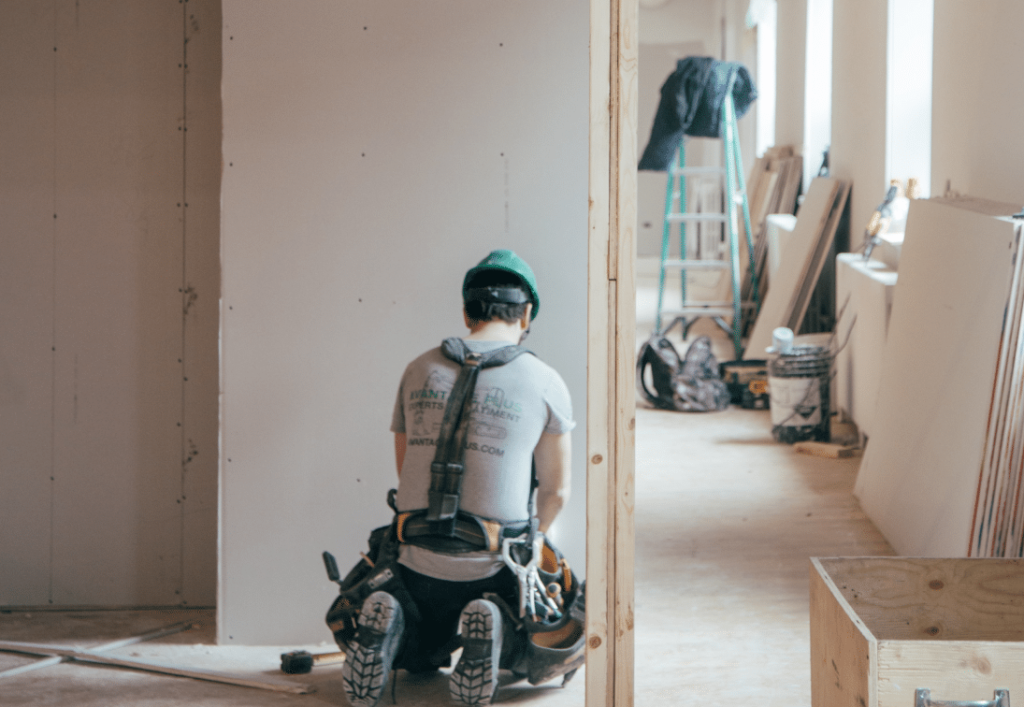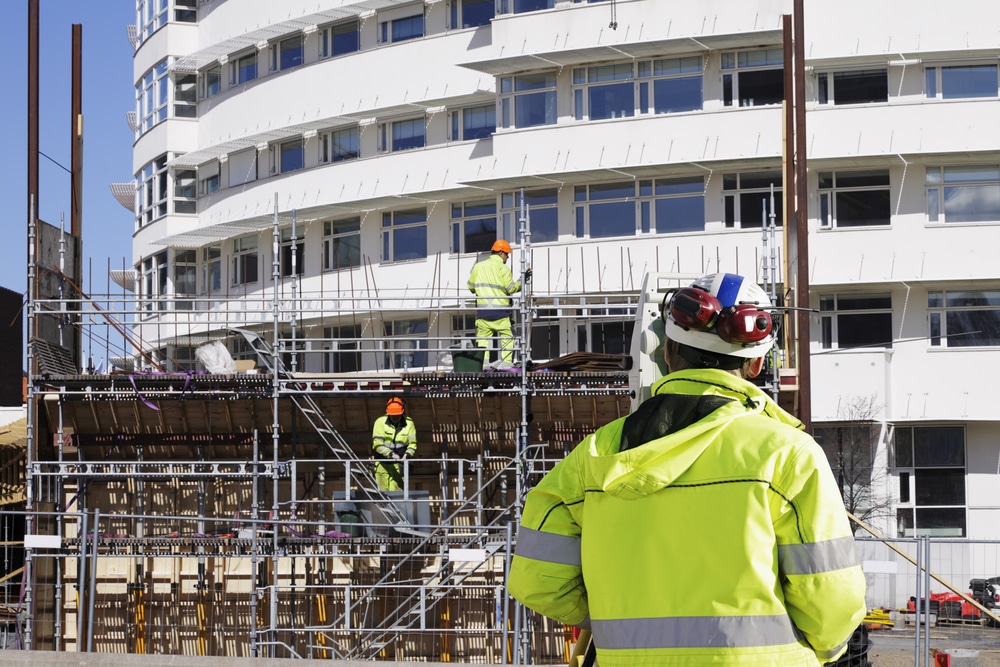Good communication is key to the successful delivery of every project in construction. Unfortunately, it’s easier said than done. Many project managers tell us that keeping all teams on the same page is one of the biggest challenges they face day after day on the job.
Free ebook: Why WhatsApp and Excel aren’t enough for running complex construction projects
In many cases, information flows back and forth in different channels causing misunderstandings and a lot of frustration. Emails, SMS, WhatsApp, and Messenger notifications are only some of the ways project teams communicate with each other.
Good as they are, these methods are unable to support the time and cash-sensitive processes of a construction project. And the reason is simple. Users can’t connect the updates they want to submit with the 3-6 week lookaheads and the master schedule.
Like that, project managers can quickly get buried under a mountain of information that lacks context. The result?
- Admin tasks suffocate your projects.
- You have no overview of your project progress.
- Many reworks due to mistakes that could have been avoided.
- Handovers are being pushed back causing costly claims.
What defines good communication in construction?
This is where things get really challenging. What is the secret behind good communication in construction? That’s probably the million-dollar question for construction.
The answer lies in the smooth combination of three key elements: people, processes, tools. In other words, it’s a chain of choices that can eventually lead to good communication and allow you to deliver your projects faster and cheaper.
First of all, you need the right people in the right positions. As soon as you have managed to attract and train your talent, you need to provide them with the right tools.
When it comes to construction, this simply means you have to support their effort by equipping them with industry-specific tools that offer them full visibility and by extension unique control over everything that is happening on the site. This is how they will be able to make informed decisions fast and ensure that all project teams are facing the same direction.
By doing this, you are already very close to your goal but you need one last thing. That is, of course, well-defined and (as much as possible) standardised processes. In that way, you will be able to make the most out of your teams and the tools you have implemented in your projects.
How to improve communication between project teams
From theory to action, there is always a long way to go. Taking this into account, we present to you below five practical tips that will allow you to increase site visibility on your construction projects and ensure good communication between the different teams:
1. Use construction-specific tools
Collecting scattered information takes time and is error-prone. Having no link between your schedule and the latest information from the site, you can easily end up confused making your processes extremely slow and admin heavy.
For that reason, you need a tool that has been built specifically for construction and will allow you to communicate effectively with multiple stakeholders, so that you can make the right decisions faster and plan your next steps with confidence.
Only by keeping everyone in sync, you can avoid mistakes and deliver successful projects with less downtime and higher margins.
LetsBuild is a tool that can help you Communicate and report on the same digital platform in real time, reducing errors and costly misunderstandings.
2. Keep all information in a single source of truth
Many project managers admit that they have to spend 40% of their day in the office searching for the latest updates, calling people, and being part of meetings that were never necessary in the first place.
Gathering all communication in a single data source makes it considerably easier for all teams to maintain full visibility over their tasks and for you, as a project manager, to deal with a great amount of data more efficiently.
The right people gain access to the right information with just a few clicks making sure that everybody knows where they stand and whether a task or material order needs to be rescheduled.
In a project with multiple stakeholders and high penalties for delays that can be powerful and save both you and your teams from a lot of trouble.
3. Link quality and HSE checks directly to the plan
Good communication in construction also goes hand in hand with quality control. None of the two can exist without the other in the long run.
Quality and HSE checks are an area where the implementation of a construction-specific tool becomes easily evident. Simply put, you need to invest in a digital solution that will help you link your quality management with your project planning.
Such an approach will allow you to detect and solve problems quickly instead of waiting to resolve all issues at the end of the project turning your handovers into an extremely stressful process.
Thanks to a construction-specific tool, like LetsBuild, you can stay in the loop with everything happening on the field, so you don’t have to spend your time chasing your team or contractors on site. See more and prevent mistakes before they become a threat to your project.
4. Record everything and avoid claims
From this corner, we have many times mentioned that documentation is of paramount importance in construction. Without a doubt, it is an essential component of good communication as well.
Read more: How to avoid construction rework and build cheaper
Many project and site managers spend a lot of time responding to claims that block their work and cost them thousands of Euros. The reason?
- Lack of alignment between the site and the office.
- Information overflow that fuels the admin workload.
- Absence of standardisation in QHSE processes.
LetsBuild is a tool that offers the site visibility you need in order to make or respond to claims with ease. Trace everything that takes place on the field, help your teams take ownership of their tasks, and avoid interruptions that can increase the duration of your projects.
5. Continuously improve and standardise your processes
Every construction project, regardless of its type or size, generates a vast amount of data that can easily create a chaotic setting for your project if you don’t manage it correctly.
At the same time, though, the collection of so much information from the site can be a remarkable opportunity for you to improve your processes and standardise the way you communicate and collaborate with your teams as much as possible.
For instance, using a construction-driven tool you could create and share with your teams standardised defect lists that would not only set higher quality standards for your projects but they would also facilitate communication between different stakeholders.
It doesn’t take much, then, to understand that continuously improving your processes could gradually transform the way you connect with your teams around critical issues, reducing interruptions and preventing mistakes before they turn into a threat to your project’s profitability.
See more. Communicate better.
Having a live, shareable view of your construction site can play a significant role in your effort to improve communication in your project. When you see more, you communicate better and as a result, you can improve teamwork and plan ahead much more effectively.
But in order to achieve all these, you need to have the right weapons in your arsenal. That’s why we invite you to download our new free ebook and explore how a construction-specific tool can help you increase site visibility and successfully deliver your projects sooner and cheaper:





